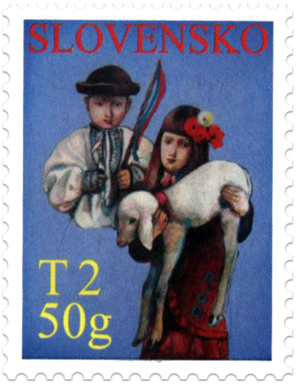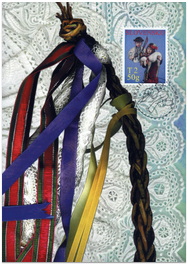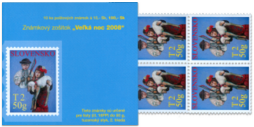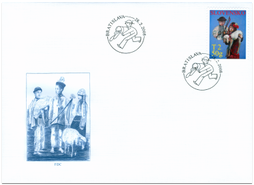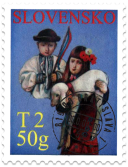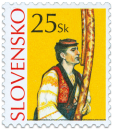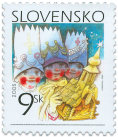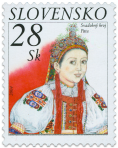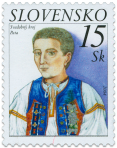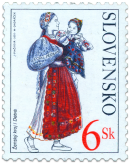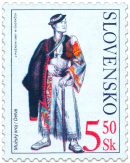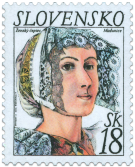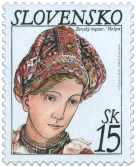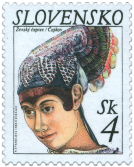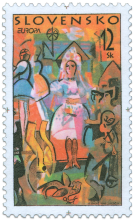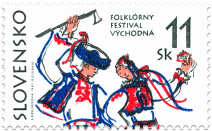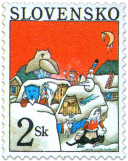This product is not for sale
This product is part of the following products
414 Date of issue
28.02.2008 Face value
0.90 €
T2 50 g responds to the rate of postage of the 2nd class up to 50 g - domestic servis. © Slovak Post, 2008 Easter, or the Feast of Easter (also referred to as Pascha in Latin and Pessah in Hebrew), is the principal Christian feast which commemorates the resurrection of Jesus Christ as observed by Christians globally. According to Christian tradition, Jesus was resurrected on the third day after crucifixion, some time between 27 and 33 AD. In the Catholic liturgical calendar, the Easter cycle begins on the eve of Easter Sunday and lasts fifty days until Whitsunday, i.e. the Descent of the Holy Ghost. Interestingly enough, it is a ‘movable’ Christian feast, this means that the Church annually determines its exact date by means of the lunar rather than the solar calendar. Thus, in the Western tradition, Easter falls somewhere between 22 March and 25 April (inclusive). This being was based on the rule of the first Sunday after the first full moon which follows the spring equinox (21 March). The first written record of the celebration of Christ’s resurrection dates to the 2nd century AD. The meaning of this Christian feast is associated with the original Jewish feast of Pessah, which commemorates the Old Testament story of the passing of Israel from Egypt across the Red Sea under the guidance of Moses. The principal symbol of Easter is the lamb. In Christian tradition, this symbolises Jesus Christ - the Lamb of God - who by His act of sacrifice “takes away the sins of the world”. Other Easter symbols include the Cross (commemorating the crucifixion), fire (symbolising victory over darkness and death), and a candle (symbol of resurrection). In the Slavic milieu, many archaic traditions associated with the feast of spring and fertility remain in the symbolism of Easter. Folk customs observed in Slovakia include feasting, painting eggs, and braiding wicker whips. The Easter Monday tradition of ‘bathing’ is prevalent in Eastern Slovakia, whilst in Central and Western Slovakia, ‘whipping’ is commonly practised (i.e. the symbolic and light-hearted whipping of girls and women with Easter whips). Current issue of stamp Easter 2008 presents in folk customs mentioned above. Tatiana Podolínska
Show lessSimilar products
380 Date of issue
09.06.2006
366 Date of issue
16.11.2005
323 Date of issue
16.04.2004
322 Date of issue
16.04.2004
229 Date of issue
22.02.2001
228 Date of issue
22.02.2001
175 Date of issue
12.03.1999
174 Date of issue
12.03.1999
173 Date of issue
12.03.1999
149 Date of issue
05.05.1998
119 Date of issue
12.06.1997
106 Date of issue
05.11.1996
© 2024 POFIS - Postal philatelic service. All rights reserved

